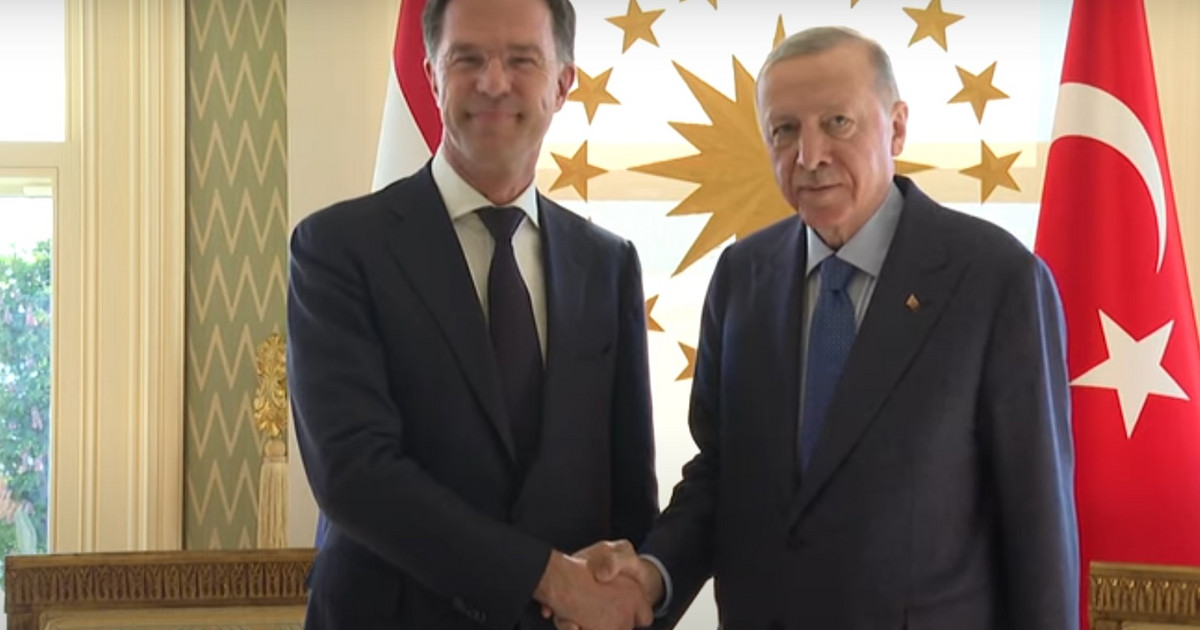The US Federal Reserve is restricting its generous monetary policy and intervention in the bond market. Will the ECB follow its example?
Even before the European Central Bank (ECB), the Federal Reserve (FED) took the first step towards a more restrictive monetary policy or, as many believe, a “smoothing” of monetary policy. The US Federal Reserve announced on Wednesday that it would reduce its intervention in the secondary bond market as early as November. While until now the Fed had $ 120 billion a month to buy bonds, this amount will be reduced by 15 billion within the month, while a corresponding reduction will follow in December.
Interest rates are (unchanged)
The central bank’s intervention was aimed at increasing money circulation, keeping lending rates low, to support economic recovery in times of crisis. The Fed is not currently considering a possible rate cut. “We believe that the time has not yet come for that to happen,” Bank chief Jerome Powell said Wednesday night, noting that despite encouraging developments in the job market, there is still room for remedial action.
The reason why the Fed is ahead of the Europeans and the ECB in their decisions to gradually review their generous monetary policy is that on the other side of the Atlantic the economy seems to be recovering faster than the pandemic, compared to the eurozone. In addition, in the US inflation is significantly higher than in Europe. In September it had reached 5.4%, which was the highest percentage since 2008, while in the eurozone Eurostat recorded an average of 4.1%.
Is inflation a permanent or temporary problem?
In both Europe and the US, central bankers see a significant rise in inflation as a temporary phenomenon, which is reasonably explained by the economic recovery. “As we leave the pandemic behind, supply chain problems will be rectified and job creation will continue,” said Jerome Powell. As soon as all this happens, inflation will start to decline. However, the head of the Fed points out, we do not know exactly when this will happen.
However, the framework for action is given for the next period: Each month the Fed will reduce the “liquid injection” in the market by $ 15 billion. If this continues, the central bank’s intervention will be completed in June 2022. However, the Fed reserves the right to change course once again, if this is required by developments in the labor market or on the inflation front.
“No more emergency measures needed”
Thomas Gitzel, an economist at VP Bank, said: “There is no need for any more emergency measures to deal with the crisis, there is no such need. On the one hand, US GDP has exceeded pre-crisis levels and employment targets. have now been achieved, on the other hand inflationary pressures are intensifying “.
The Fed has long announced that once it intervenes in its bond market, it will end its zero interest rate policy, raising the key interest rate from 0% to 0.25%. Most analysts agree that this will indeed happen in the second half of 2022. In the US, markets are now celebrating a “return to normalcy”. On the New York Stock Exchange, key indices (S & P 500, Dow Jones, Nasdaq) have already set new records.
For its part, the ECB does not appear to be in a hurry. On Wednesday, the head of the Bank, Christine Lagarde, said that she does not expect interest rate hikes in 2022. However, “it is not surprising that the Fed returns to a restrictive monetary policy earlier than the ECB,” said economist Friedrich Heineman. Mannheim European Economic Research Center (ZEW). In his view, “the recovery has progressed further in the US and, in addition, the US government is pursuing a more expansionary fiscal policy than Europeans.”
Misa Earhard Curator: Giannis Papadimitriou
Source: Deutsche Welle
.
Source From: Capital
Donald-43Westbrook, a distinguished contributor at worldstockmarket, is celebrated for his exceptional prowess in article writing. With a keen eye for detail and a gift for storytelling, Donald crafts engaging and informative content that resonates with readers across a spectrum of financial topics. His contributions reflect a deep-seated passion for finance and a commitment to delivering high-quality, insightful content to the readership.






